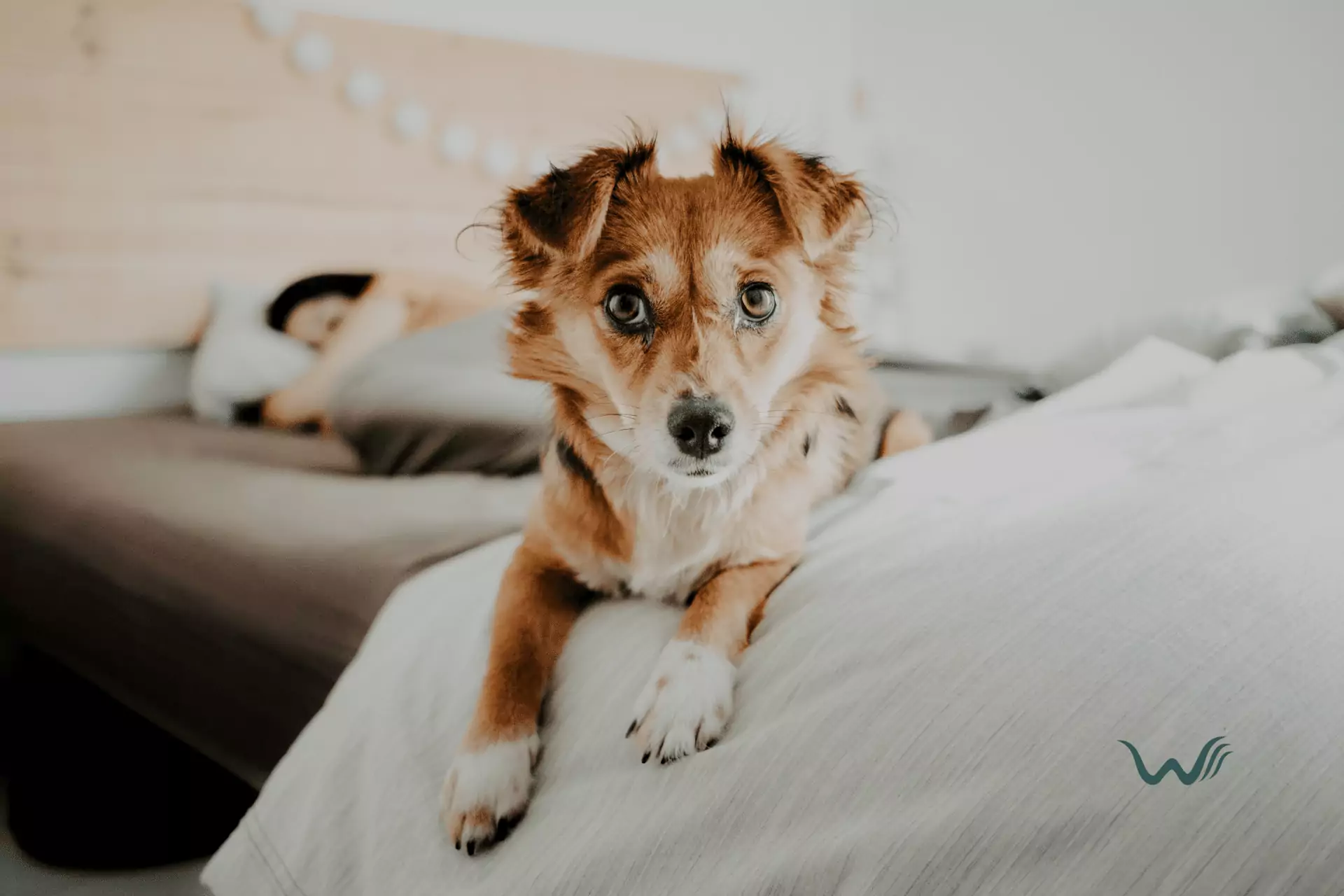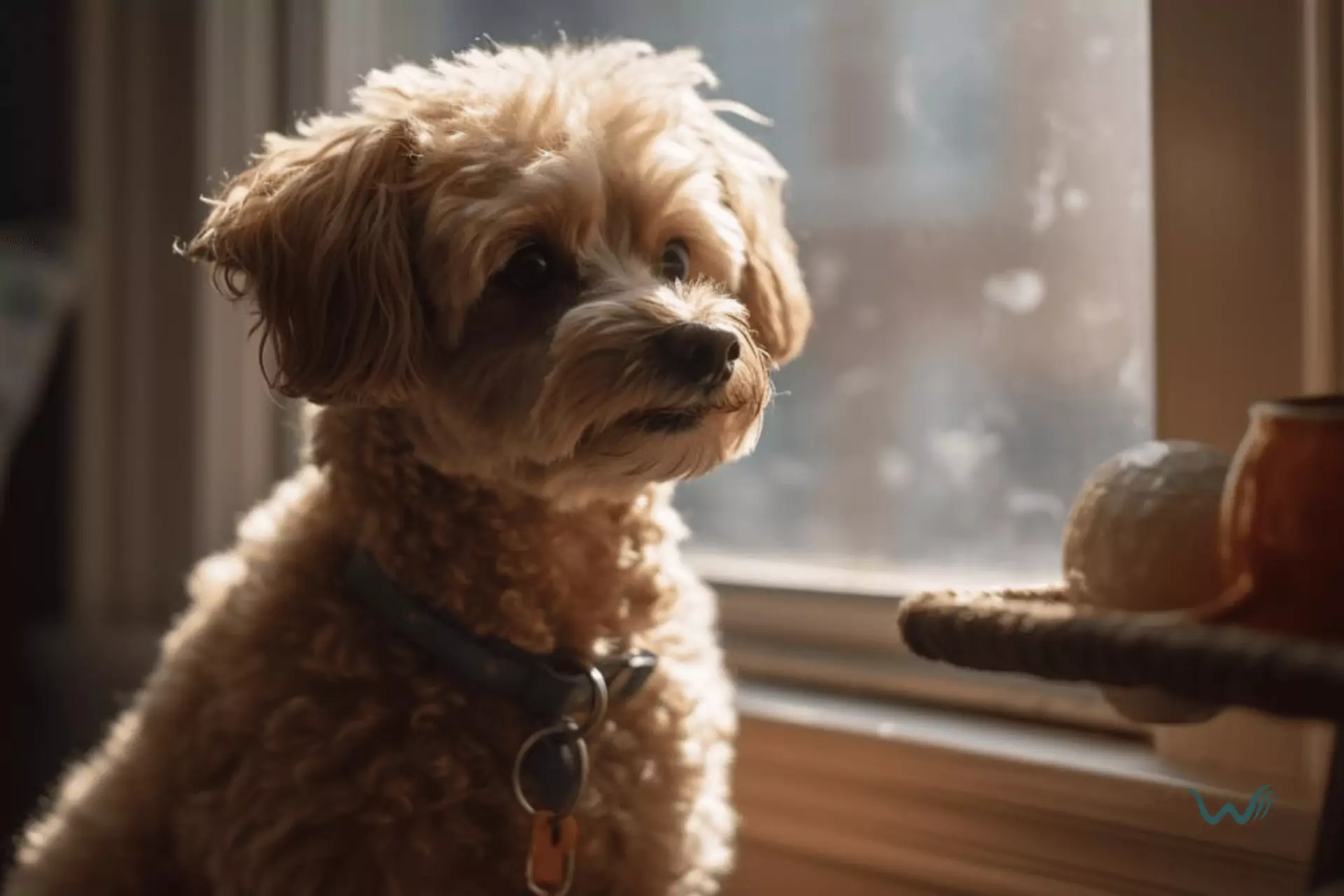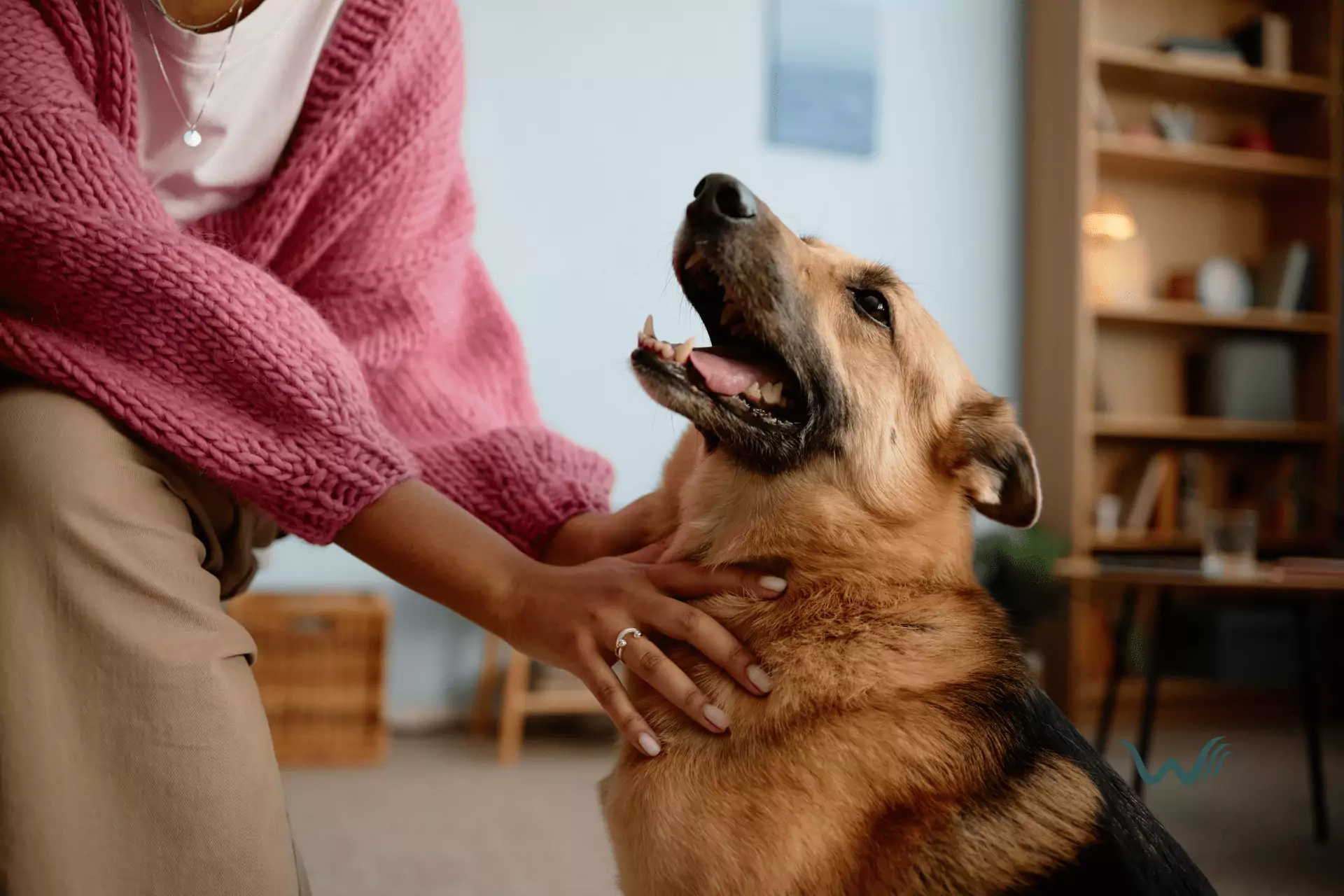Why Did Cats Become Domesticated?
by Tayyaba Amir
Last updated: May 15, 2024
Verified and Approved by:
Angela Morris,
MSW, LCSW
Fact Checked

Hey there, cat lover! Have you ever wondered why those furry feline friends of ours decided to cozy up to us humans and become domesticated? Well, get ready for a wild ride as we delve into the fascinating world of cat domestication.
From the origins of this unique bond to the genetic changes that occurred over time, we’ll uncover the purr-fect reasons behind why cats became our adorable, yet sometimes mischievous, companions.
So, picture this: thousands of years ago, you’re a wild cat roaming the untamed lands. You’ve got your sleek fur, sharp claws, and a sassy attitude to match. Life is pretty good, right?
But then, along comes a curious human, offering you a tasty morsel of food. You take a chance, cautiously accepting the offering, and before you know it, you’re hooked. The mutual benefits of this human-animal relationship start to kick in. You get a steady supply of food and shelter, while the humans get an expert hunter to keep those pesky rodents at bay. It’s a win-win situation, my friend, and thus began the beautiful journey of cat domestication.
Key Takeaways
- Cats were domesticated primarily for pest control, with 80% of their diet consisting of rodents.
- Cats used their hunting skills to win over humans, which led to them being welcomed into homes for pest control.
- The bond between humans and cats is filled with laughter, love, and practical benefits such as entertainment, stress relief, and pest control.
- Cats have played significant roles in ancient civilizations, serving as pest control, divine guardians, cultural icons, and even mythical creatures.
The Origins of Domestication
Cats became domesticated because they provided a valuable service of controlling pests, with recent studies suggesting that over 80% of their diet consisted of rodents.
Imagine living in a time when mice and rats ruled the world, scurrying around like tiny kings, leaving destruction in their wake. It was chaos, pure chaos! But then, along came the cats, with their majestic whiskers and their sharp claws, ready to pounce on those pesky pests. It was like a superhero movie, but instead of capes and masks, it was all about furballs and meows.
You see, cats had a natural instinct to hunt and kill rodents, and humans quickly realized that they could use this to their advantage. They welcomed these furry warriors into their homes, offering them shelter and food in exchange for their pest control services. It was a mutually beneficial relationship, like a matchmaking service for humans and cats. The humans got rid of their rodent problem, and the cats got a cozy place to call home. It was a win-win situation, and thus, the domestication of cats began.
But let’s not forget the true heroes of this story, the cats themselves. They didn’t just become domesticated out of the goodness of their hearts. No, they had a cunning plan all along. They knew that by offering their services as pest controllers, they would secure a place in human hearts forever. It was a clever strategy, really. They knew that humans couldn’t resist their adorable faces and their playful antics. So, they used their natural hunting skills to their advantage, becoming the ultimate pest control experts and winning over the hearts of humans everywhere.
So, the next time you see a cat lounging around, looking all cute and innocent, remember that they have a secret superhero identity. They are the defenders of our homes, the guardians of our peace, and the masters of pest control. They may act all aloof and independent, but deep down, they know that they owe their domestication to their incredible pest control skills.
So, let’s salute these furry heroes and give them the respect and love they deserve. After all, without them, our homes would be overrun by rodents, and that’s a world none of us want to live in.
Mutual Benefits of the Human-Animal Relationship
Through centuries of coexistence, you and your furry feline friend have formed a bond that is truly one of a kind. It’s a relationship filled with laughter, love, and the occasional swipe at your ankles. But have you ever wondered why cats decided to become domesticated in the first place?
Well, my friend, the answer lies in the mutual benefits that both humans and cats gain from this extraordinary partnership.
First and foremost, let’s talk about the most obvious benefit: the endless entertainment that cats provide. Whether it’s their hilarious antics or their ability to fit into the tiniest of boxes, cats have a way of keeping us entertained for hours on end. Who needs television when you have a cat doing acrobatics on the curtains? Plus, their purring has been scientifically proven to reduce stress and anxiety, so they’re basically your own personal therapists with fur.
But it’s not just about the laughs and the stress relief. Cats also offer some practical benefits. For centuries, they have been expert hunters, keeping our homes free from pesky rodents. You don’t have to worry about those furry little invaders when you’ve got a cat on patrol. And let’s not forget about their incredible ability to sense danger. Have you ever seen a cat arch its back and hiss at something invisible? Yeah, that’s a sure sign that you should probably get out of there too.
So, my friend, the bond between humans and cats is truly a special one. From the laughter they bring to the practical benefits they offer, it’s no wonder that cats decided to become domesticated. So the next time your feline friend pounces on your feet or knocks a glass off the table, just remember the countless benefits they bring to your life. And maybe, just maybe, forgive them for the occasional scratched sofa.
The Role of Cats in Ancient Civilizations
During ancient times, feline companions gracefully prowled alongside humans, leaving indelible pawprints on the tapestry of civilization. These majestic creatures were more than just fluffy sidekicks; they played a significant role in shaping the ancient world.
Here are four fascinating ways in which cats made their mark:
- Pest Control Extraordinaire: Cats were the original pest control professionals. Ancient civilizations, like the Egyptians, revered cats for their unparalleled ability to hunt down and eliminate rodents. These furry warriors kept grain stores safe from vermin, ensuring a steady food supply for humans. So, next time you see a cat lazily lounging around, give them the respect they deserve for their unpaid pest control services!
- Divine Guardians: Cats were often associated with deities in ancient civilizations. The Egyptians, for example, worshipped the goddess Bastet, who took the form of a lioness or domestic cat. These feline deities were believed to protect humans from evil spirits and bring good fortune. Imagine having a divine bodyguard who also doubles as a cuddly companion. Talk about a purrfect combination!
- Cultural Icons: Cats were not just revered in ancient Egypt. They left their mark on other cultures too! In ancient Rome, for instance, cats were considered good luck charms. Their images were engraved on amulets and carried by soldiers for protection. So, if you ever find yourself in need of a lucky charm, consider adopting a furry feline companion.
- Mysterious Mythology: Cats have always had an air of mystery surrounding them, and ancient civilizations embraced this enigma. In Norse mythology, the goddess Freyja had a chariot pulled by two large cats. These mythical feline steeds represented grace, power, and independence. So, the next time your cat gives you that mysterious stare, remember that they are honoring their mythical heritage.
So, dear reader, as you can see, cats were not just fluffy companions in ancient civilizations. They were pest control experts, divine guardians, cultural icons, and even mythical creatures. These majestic creatures truly left their mark on history, and we’re lucky to have them as our modern-day companions. Embrace the magic of cats and let them continue to weave their pawprints into the tapestry of your life.
Genetic Changes in Domesticated Cats
As a result of genetic changes, domesticated cats have developed traits that distinguish them from their wild counterparts. These changes have occurred over thousands of years of living alongside humans and adapting to their environment. One of the most notable genetic changes in domesticated cats is their ability to digest lactose. While wild cats, such as lions and tigers, lack the enzyme lactase needed to break down lactose, domesticated cats have evolved to produce this enzyme, allowing them to enjoy a saucer of milk without any digestive issues.
Another genetic change in domesticated cats is their coat color and pattern variations. In the wild, cats usually have solid-colored coats that help them blend into their surroundings. However, through selective breeding and genetic mutations, domesticated cats now come in a wide range of colors and patterns, from tabby stripes to calico patches. This diversity in coat appearance adds to the aesthetic appeal of domesticated cats and makes them more visually appealing to humans.
To illustrate the variety of coat colors and patterns in domesticated cats, here’s a fun table:
| Coat Color/Pattern | Description |
|---|---|
| Tabby | Striped or marbled pattern, usually with a distinct "M" shape on the forehead |
| Calico | Tri-color pattern with patches of white, black, and orange |
| Tortoiseshell | Mottled pattern of black and orange, often with no white fur |
| Siamese | Pale body with darker points on the face, ears, paws, and tail |
| Ginger | Solid orange or reddish coat, often associated with male cats |
| Tuxedo | Black and white coat resembling a formal tuxedo, with white fur on the chest and paws |
These genetic changes in domesticated cats not only make them more visually appealing but also contribute to their overall adaptability to a human-dominated environment. So next time you see a domesticated cat with a unique coat color or happily lapping up a bowl of milk, appreciate the genetic changes that have made them the delightful companions they are today.
The Modern Relationship Between Humans and Cats
Imagine the joy and companionship you experience today with your feline friend, as a result of the long-standing bond between humans and cats. It’s truly remarkable how these fascinating creatures have managed to captivate our hearts and become such integral parts of our lives.
In the modern world, the relationship between humans and cats has evolved into something truly special. Here are five reasons why this bond is so unique:
- Cats have mastered the art of making you feel like you’re their personal servant. Whether it’s demanding food at ungodly hours of the night or refusing to move from your warm spot on the couch, their ability to manipulate you is truly impressive.
- They provide endless entertainment with their acrobatic skills and unpredictable behavior. From leaping off furniture to chasing invisible creatures, they never fail to keep you entertained and on your toes.
- Cats have an uncanny ability to sense your mood and provide comfort when you need it most. Whether you’re feeling down or stressed, they have a way of curling up next to you and purring their troubles away.
- They’re the ultimate nap buddies. There’s nothing quite like the feeling of a warm, purring cat curled up beside you as you drift off to sleep. They have a way of making even the most mundane nap feel like a luxurious escape.
- Cats are masters of relaxation and can teach you a thing or two about the art of doing nothing. They have a knack for finding the comfiest spots in the house and can spend hours basking in the sun or snoozing away without a care in the world.
So, next time you find yourself enjoying the company of your feline friend, take a moment to appreciate the unique bond you share. Cats have come a long way from their wild ancestors, and their ability to bring joy, laughter, and companionship into our lives is truly something to be cherished.
Frequently Asked Questions
How do cats communicate with humans?
Cats communicate with humans in the most charming and endearing ways. They meow, purr, and rub against you, all while secretly plotting world domination. It’s their way of keeping us entertained and under their adorable little paws.
What are the differences between domesticated cats and their wild counterparts?
Domesticated cats and their wild counterparts differ in behavior, appearance, and dependency on humans. Domestic cats are more social, often floofier, and will meow at you for food. Wild cats are fierce, independent, and will definitely not meow for treats.
Can cats survive on their own without human intervention?
You might think cats can survive on their own, but they’re more like tiny divas that secretly rely on us. They may have wild instincts, but they prefer the lap of luxury over the thrill of the hunt.
How has the domestication of cats impacted their behavior and instincts?
The domestication of cats has made them more social and affectionate towards humans. They’ve developed a knack for amusing antics and have become masters of the u0026quot;puppy-dog eyesu0026quot; to manipulate us into giving them treats.
Are there any risks or downsides to having cats as pets?
Having cats as pets can be risky, like playing a game of u0026quot;Whack-a-Moleu0026quot; with their curiosity. One moment they’re peacefully napping, the next they’re knocking over your favorite vase. But hey, that’s part of the feline charm!
Certify Your Emotional Support Animal Today

Why You Can Rely on Us?
At Wellness Wag, we believe your pet deserves care rooted in both science and compassion. Each article is carefully researched, written in clear language for pet owners, and then reviewed by qualified professionals to ensure the information is evidence-based, current, and practical for real-life care. Our goal is to help you feel confident in making informed decisions about your pet’s health and well-being.
Reviewed by
Angela Morris, MSW, LCSW
Angela is a licensed clinical social worker with 20 years of experience in patient advocacy and community mental health. She has assisted numerous clients with ESA evaluations and brings a deep understanding of disability accommodations, ensuring that all information is accurate, supportive, and practical.

Written by :
Tayyaba Amir
Last Updated :
May 15, 2024












